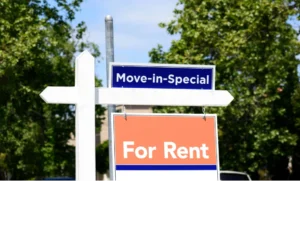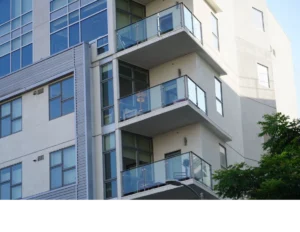Hidden Cost of Tenant Turnover
 It’s no secret that periods of tenant turnover are costly for landlords. And the longer a property sits vacant, the more expensive turnover becomes. What you may not realize, however, is that there are some hidden costs of tenant turnover. Below, we go over all of the costs associated with tenant turnover. By the end, it will be clear that minimizing tenant turnover is a must.
It’s no secret that periods of tenant turnover are costly for landlords. And the longer a property sits vacant, the more expensive turnover becomes. What you may not realize, however, is that there are some hidden costs of tenant turnover. Below, we go over all of the costs associated with tenant turnover. By the end, it will be clear that minimizing tenant turnover is a must.
Administrative Costs
Administrative costs are often overlooked when considering tenant turnover. With the added work that is required to fill a unit, you have to think about the cost of manpower and the focus it might take away from other matters. What’s more, processing paperwork can add up to be expensive too. There are lots of fees associated with photocopying, printing, processing lease agreements, move-out paperwork, tenant screening, and more.
Property Showings
In order to lock down applicants, you’ll almost certainly have to hold showings of your rental property. This of course requires additional time and effort, but it also generates real expenses. Driving to the location can lead to hefty travel fees depending on how far you are from the property. You may have to visit the property in advance of showings to coordinate maintenance and repairs. All in all, property showings can be very costly.
Cleanings
In order to get a unit ready for incoming tenants, you must clean the property thoroughly. Whether you choose to take the task on yourself or hire a professional to do it for you, you will find that cleaning isn’t as simple as it sounds. Professional cleaning services can be expensive, and cleaning on your own requires time, supplies, effort, and travel fees.
Repairs
A few repairs can always be expected during turnover. Whether it’s replacing lightbulbs or applying a fresh coat of paint, you probably budget for at least minimal repairs. More often than not, however, many landlords enter a unit after the previous tenants move out, only to find that considerably more repairs are required. This often leads to considerable out-of-pocket expenses that you hadn’t planned for.
Forfeited Income
This one may seem like a no-brainer, but many landlords are surprised to find out how much money they lose out on during turnover as a result of missed rent payments. This problem intensifies with each passing pay period that is missed. Landlords who rely on rent payments as their primary source of income can see serious negative impacts with forfeited income.
Uncooperative Tenants
As much as you try to avoid it, you will inevitably end on bad terms with a tenant at some point. For whatever reason, a disgruntled tenant may leave your property in need of additional repairs and cleaning. Worse still, tenancies that end in eviction come with costly court and administrative fees. As their last offense, uncooperative tenants leave you with a litany of additional expenses.
Minimizing Tenant Turnover is a Must
Whether you were aware of all these costs or not, you should now be thoroughly convinced that tenant turnover is a cost you don’t want to incur. Luckily, by being proactive and prepared, you can minimize or even prevent vacancies and avoid some of the costs associated with tenant turnover.













 Accessibility
Accessibility